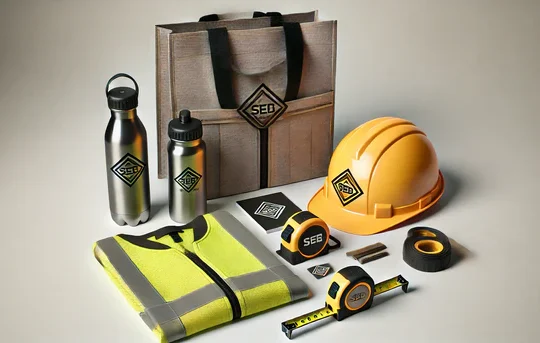
One of the most important challenges in blockchain development is the so-called blockchain trilemma — the idea that a network can only optimize for two out of three core elements: scalability, security, and decentralization. Improve one and you usually sacrifice another.
This trilemma has limited the effectiveness of many early blockchain platforms, forcing developers to make trade-offs between speed, resilience, and trustlessness. Cardano, however, is taking a different path. Through years of peer-reviewed research and careful engineering, it’s aiming to achieve all three without compromise.
At the heart of Cardano’s approach is its Ouroboros proof-of-stake consensus mechanism. Unlike proof-of-work systems that rely on energy-intensive mining, Ouroboros is lightweight and efficient, reducing the environmental footprint of the network while still maintaining strong security guarantees.
This design choice directly supports ADA scalability because it removes the performance bottlenecks and high energy costs that come with traditional blockchains like Bitcoin and Ethereum (prior to their upgrades). It also enables fast finality and consistent transaction throughput without sacrificing decentralization.
Cardano’s commitment to decentralization is evident in its staking model. Anyone holding ADA can delegate their coins to a stake pool and help validate transactions, securing the network in return for regular rewards.
There are thousands of active stake pools, and the protocol includes a saturation mechanism to encourage delegation across many operators, preventing large pools from dominating the network. This system allows for wide distribution of control and high participation while staying energy-efficient — a rare combination in the crypto space.
The trilemma also touches on the idea of governance. In most networks, governance is either centralized among developers or fragmented without direction. Cardano aims for a balanced model through Project Catalyst, where ADA holders can vote on proposals that shape the future of the ecosystem.
This participatory governance ensures that decisions are decentralized and community-led, further enhancing the trust model of the blockchain.
On the scalability front, Cardano’s most significant leap is the Hydra protocol. Hydra is a Layer 2 scaling solution that works by creating mini ledgers, or “heads,” that operate independently but still connect back to the main blockchain. These Hydra heads can process transactions off-chain, dramatically increasing the network’s total throughput while keeping fees low.
Early tests show that each head could process hundreds of transactions per second, and as more heads are deployed, the network scales linearly. This modular approach is uniquely suited to solving scalability without undermining security or decentralization
Cardano also uses a unique architecture with separate layers for settlement and computation. The settlement layer handles ADA transfers, while the computation layer is responsible for smart contract execution.
This separation reduces network congestion and makes it easier to update specific components without disrupting the entire system. It’s another way Cardano addresses the trilemma — by avoiding monolithic designs that are hard to scale and maintain.
Security is maintained through formal verification, a process borrowed from high-assurance software development. Cardano’s smart contract language, Plutus, allows developers to mathematically prove that their code behaves as intended.
This reduces the risk of bugs and exploits, which have plagued other smart contract platforms. Combined with peer-reviewed research and slow, deliberate rollouts, Cardano prioritizes safety without stalling innovation.
In conclusion, Cardano is tackling the blockchain trilemma not by choosing two out of three priorities, but by building a network that systematically addresses all of them.
With ADA scalability through Hydra, Cardano decentralization via wide stake pool participation and governance, and robust security through formal methods and research, it is positioning itself as a blockchain that can scale for global use without losing its foundational strengths.
As development continues and adoption grows, Cardano’s balanced approach may become the blueprint for the next generation of blockchain infrastructure.



